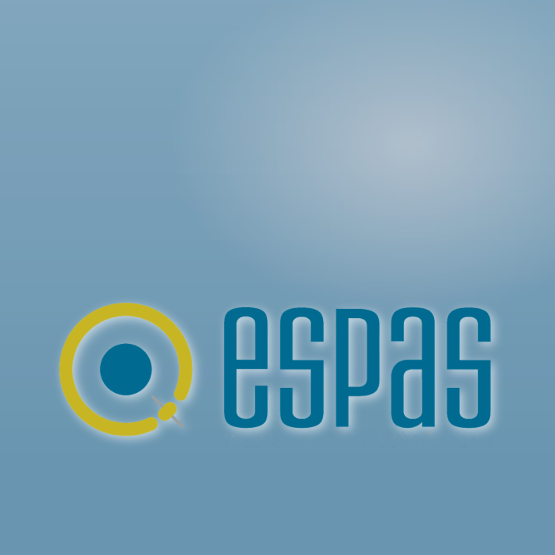ESPAS
Near-Earth Space Data Infrastructure for e-Science
The ESPAS project will provide the e-Infrastructure necessary to support the access to observations, the modelling and prediction of the Near-Earth Space environment. This includes the plasma and energetic particle environments that surround our planet as well as the neutral atmosphere at altitudes above 60 km. These environments are an important target for future research in areas such as space weather and Sun-climate studies.
The ESPAS interface will provide access to a diverse set of databases that have been developed for the needs of different users. Thus a primary goal is to facilitate user access to heterogeneous data from multiple providers, ranging from ground-based observations acquired with multiple instruments and techniques, to data from satellite experiments, using a mixture of in-situ and remotely sensed techniques.
The results of searches will be delivered in a scientist-friendly manner based on existing standards and protocols. The infrastructure will also be used as a test-bed for development of methodologies and standards for validation of models of the near-Earth environment. This will lead to validated predictions of conditions in that environment, and thus promote the transfer of space environment science products into commercial and operational applications.
Συμμετοχή μέσω: ΕΚ ΑΘΗΝΑ
Role in the project: ARC main involvement in ESPAS includes leading WP7 (ESPAS architecture, core and value-added services), undertaking the enhancement of DIAS, development of administrative tools to monitor the back-end services, and implementation and development of the user portal, functionality services (e.g. user interfaces). Finally, ARC will participate in WP6 (Interoperability Definition) in defining the ESPAS data model, functional specification and data & transfer protocols from data providers.





